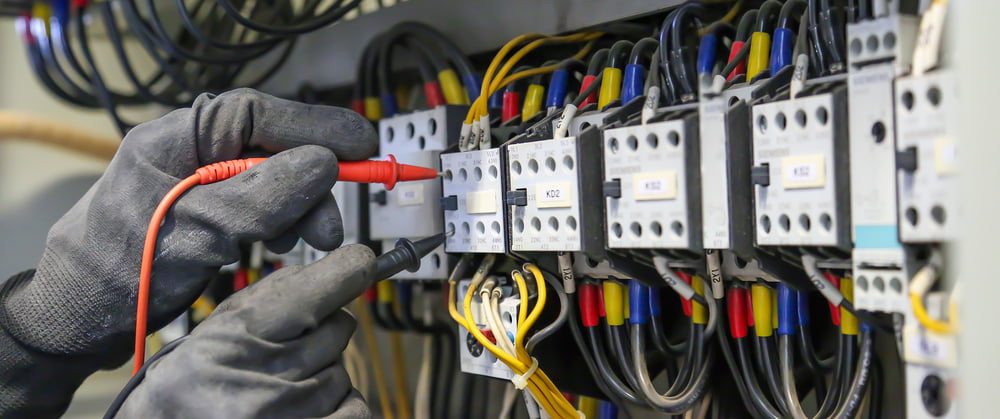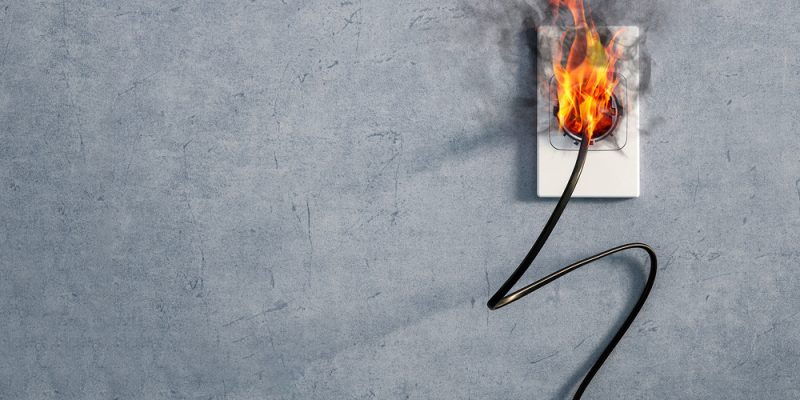Over the years, it’s said that most home fires have been electrical-related. Sadly, electricity-related fire incidents result in injuries, property damage, and even fatalities. Although you can prevent electrical fires, malfunction and failures can still take place. If you want to keep your home safe, avoid overlooking the importance of electrical safety at all times.
Generally, your home requires an electrical inspection regularly to ensure that all the wiring, outlets, circuit breakers, plugs, and other electrical components are functioning optimally. Consider hiring an electrician to do the task for you as a convenient option. Check out reliable companies such as SW Electrical and other providers to ensure a head start.
Aside from working with a professional, there are tasks you can do. Utilizing this electrical safety checklist will serve as a guide in keeping your home safe.
1. Inspect The Condition Of The Breaker Panel Regularly
Among the electrical components in your home, the breaker panel deserves attention. If you’re planning on working on anything electricity-related, the breaker panel is the first that comes to mind since you need to turn off the power.
Make it a priority to regularly inspect the breaker panel for indications of wear and tear, as well as the formation of rust. You can check the power in your home by flipping some circuit breakers to ensure that none is stuck or shows signs of erosion. Remember that either can prevent the breaker panel from functioning optimally.
2. Check The Wiring For Any Deterioration Or Damage

Electrical engineer using digital multi-meter measuring equipment to checking electric current voltage at circuit breaker in main power distribution board.
If there’s visible wiring in your home, it’s important to conduct a routine inspection for any damage. Any active wires around your home should be free of splits, cracks, or frays.
In most cases, a single spark is usually enough to trigger a fire. Generally, it can rapidly spread since the wiring typically rests on the wall. Once you notice any of the wirings appearing worn out, consider replacing them immediately.
3. Update Any Old Outlets
One of the electrical components you need to prioritize is the outlets in your home. Consider switching to newer ground fault circuit interrupter (GFCI) models if you have outdated outlets. A GFCI outlet has a sensor that routinely keeps track of the electricity moving through the wiring. If a fault or erratic flow is detected, the GFCI turns off the current flow.
4. Secure And Protect The Exterior Outlets
If you have a few exterior outlets on your property, you should include them in your routine inspection. The exterior outlets must have a housing or case that protects them from exposure to the elements and any tampering attempts by wildlife.
The exterior outlets must have GFCI protection as well. Don’t forget to conduct testing on all outlets at least twice a year to ensure they’re working fine.
If you have one or two external outlets under constant use, consider investing in a durable and secure cover with access holes. Doing so will enable you to conveniently use the outlet while staying protected from the elements and wildlife.
5. Perform A Routine Voltage Test
As part of your routine electrical safety inspection, you should determine the voltage of your home. Once you notice the lights dimming or flickering, low voltage in one of the outlets may be the cause.
If you don’t have a volt meter, consider investing in a unit to determine the power of the outlets in your home. If the outlet has an acceptable volt level yet the lights continue to turn dim or flicker, there’s a different issue and the wiring might be to blame.
6. Ensure All Alarms Are Functioning
An electrical fire is one of the main threats in any home. As a homeowner, it’s important to inspect all the smoke and carbon monoxide (CO) alarms to ensure your home’s safety. It’d be best to replace the batteries in all the smoke, and carbon monoxide (CO) alarms regularly. Don’t forget to test them monthly to ensure they’re functioning optimally. Lastly, change the batteries every six months.
7. Replace Compatible Light Bulbs
Knowing the condition of the light fixtures in your home must be part of your routine inspection. It’s important to note that the light bulbs should be compatible with the indicated wattage for every light fixture to minimize the fire risk.
Generally, every fixture indicates the maximum wattage and the compatible bulb. Using the incompatible bulb type or wattage can result in overheating, resulting in a possible electrical fire.
8. Invest In New Extension Cords
If you’re using extension cords, it’s crucial to replace them with new ones if they’re starting to show signs of deterioration. Extension cords will be handy to prevent overloading the outlets, but ensure you’ll use them only in their intended location. Don’t forget to protect the cords by covering them with rugs, ideally away from high-traffic areas.
Remember that extension cords aren’t a long-term solution. Doing so can put your home in danger of a fire. Once you find any damage to the extension cord, replace it with a new one immediately.
Final Thoughts
An electrical fire is a potential threat to any home. Although calling a professional is your best bet when it comes to electrical-related concerns, there are also a few things you can do by yourself. If you want to guarantee your property stays hazard-free, it’s important to perform routine maintenance by following an electrical safety checklist. By considering these crucial pointers, they’ll serve as your guide in maintaining the safety of your home at all times.










Comments